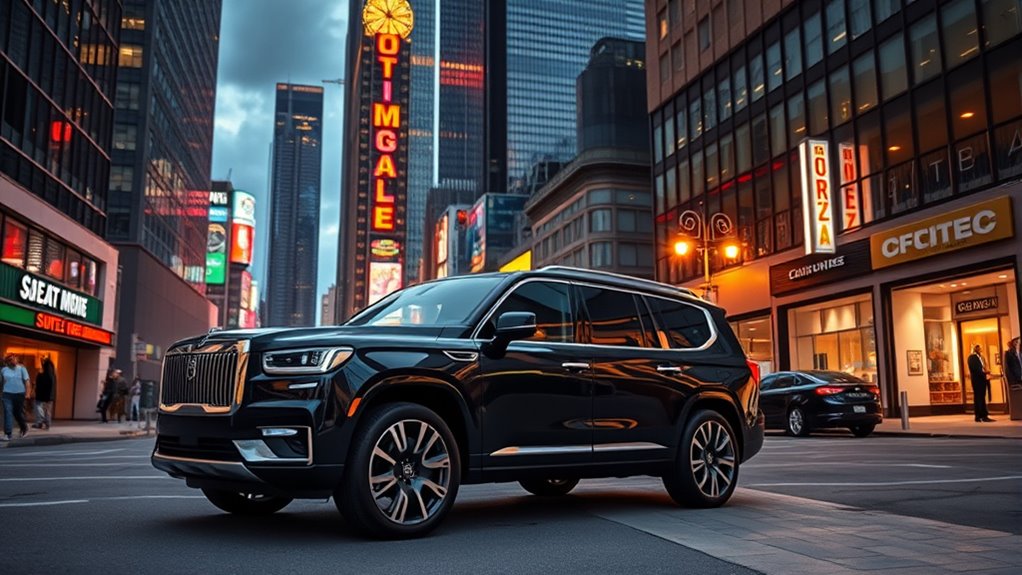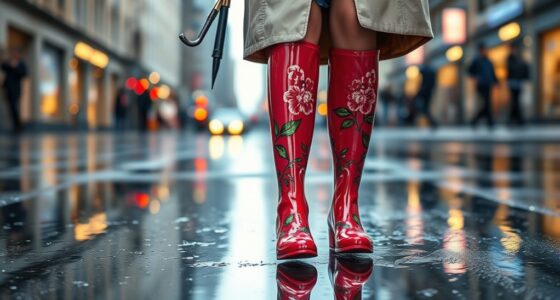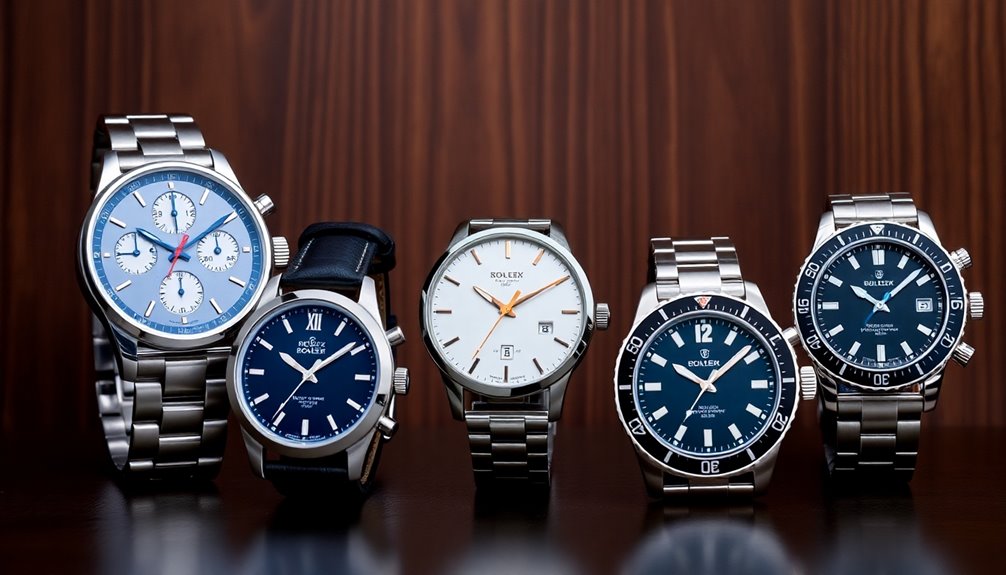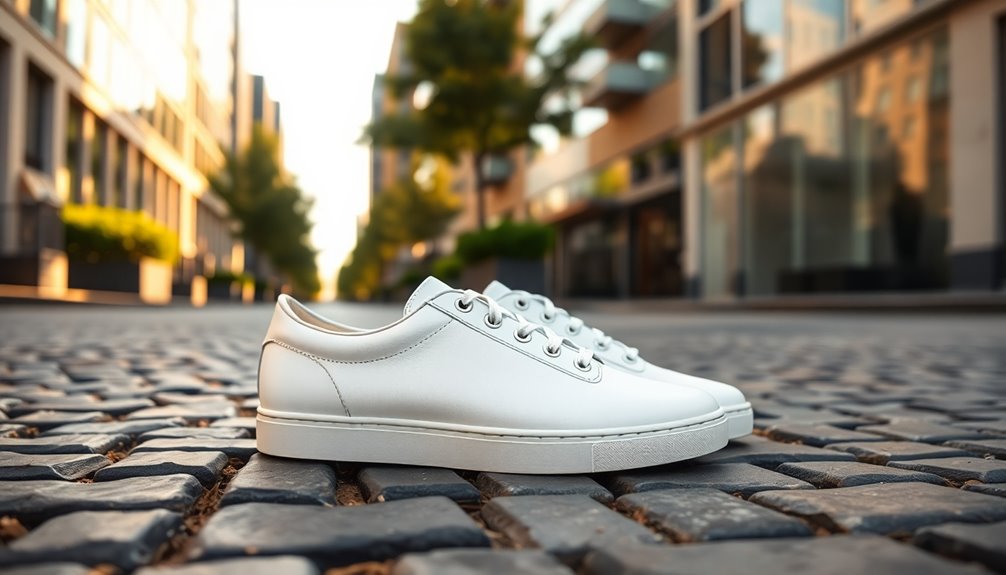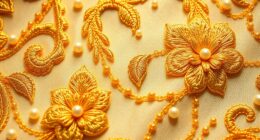In a K-shaped recovery, luxury assets can act as a strategic hedge by maintaining or increasing their value despite uneven economic growth. They offer diversification, reducing your exposure to volatile markets, as luxury investments often aren’t tightly linked to traditional assets. Their global demand and exclusivity help preserve wealth during downturns. If you want to discover how to leverage these assets to protect and grow your wealth amid such unpredictable outcomes, there’s more to explore.
Key Takeaways
- Luxury assets often remain resilient or appreciate during economic downturns, providing stability amid K-shaped recoveries.
- They diversify portfolios, reducing exposure to volatile sectors and offering protection when traditional markets decline unevenly.
- Strong global demand for luxury goods sustains their value, making them effective hedges during economic disparities.
- Luxury assets can be liquidated quickly for cash, serving as financial insurance during uneven recoveries.
- Investing in prime luxury real estate or collectibles positions investors to benefit from global wealth trends and sector-specific growth.
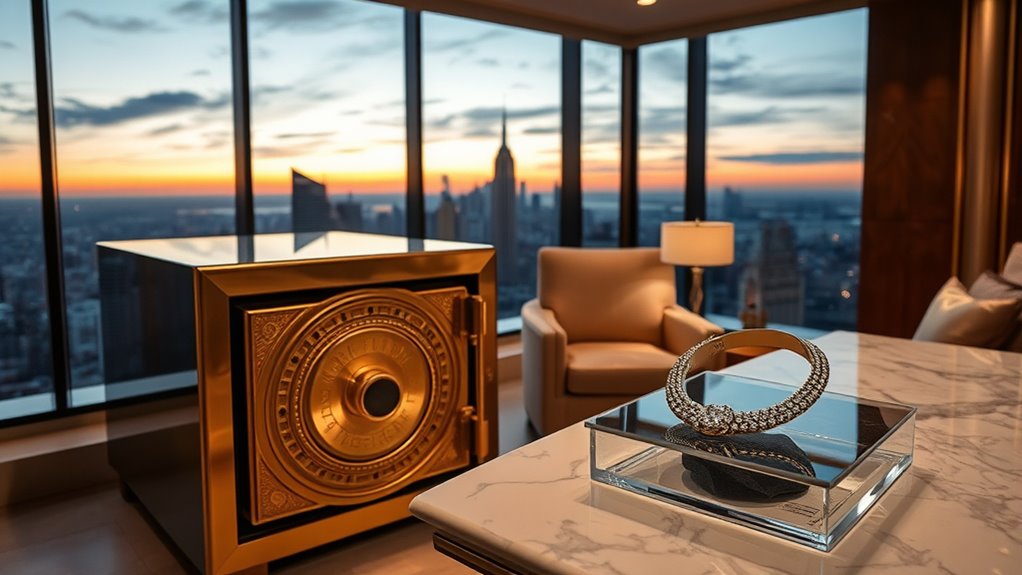
In a world where economic recovery often follows uneven paths, luxury assets have emerged as a resilient hedge for those steering K-shaped outcomes. When some sectors or groups bounce back quickly while others lag behind, investing in high-end assets can help protect your wealth from the volatility that characterizes these divergent recoveries. Unlike traditional assets that may falter during economic downturns, luxury goods and investments often maintain or even increase in value, offering a stable refuge amid turbulence. You might find that rare watches, fine art, or luxury real estate retain their appeal because their value isn’t solely tied to broader economic cycles. Instead, they often reflect exclusivity, scarcity, and global demand, making them less vulnerable to localized downturns.
You can leverage these assets to diversify your portfolio, reducing exposure to riskier investments that are more sensitive to economic swings. For example, during times when stock markets decline, luxury collectibles and assets tend to be less correlated, providing a cushion against losses. Their intrinsic qualities often mean they’re viewed as status symbols that retain desirability regardless of broader economic conditions, which helps sustain their value. Moreover, affluent individuals and institutional investors recognize the potential for luxury assets to preserve wealth, especially when traditional investments face uncertainty. This creates a resilient market where demand remains strong even in challenging times.
Additionally, luxury assets often serve as a form of financial insurance. You can monetize certain items or properties if needed, providing liquidity without having to sell off core investments at a loss. The ability to quickly liquidate assets can be crucial during economic downturns or unexpected financial needs. As global wealth concentrates among the wealthy, the demand for luxury assets continues to grow, further supporting their role as a hedge. This dynamic allows you to capitalize on global trends, such as increased interest in rare collectibles or luxury real estate in prime locations. In essence, by investing in luxury assets, you position yourself to navigate the complexities of K-shaped recoveries more effectively, safeguarding your wealth against uneven economic progress and ensuring resilience regardless of the broader landscape.
Frequently Asked Questions
How Does Luxury Investing Perform During Economic Downturns?
During economic downturns, luxury investing often holds its value better than other sectors. You might notice luxury brands and assets retain appeal because they attract high-net-worth individuals less affected by economic shifts. You tend to see less volatility in luxury markets, making them a more stable option. While no investment is completely risk-free, luxury assets can offer resilience and even opportunities for growth when the broader economy struggles.
Are All Luxury Assets Equally Effective as Hedges?
Not all luxury assets are equally effective as hedges. You’ll find that rare jewelry and high-end watches often hold value better during downturns because of their intrinsic appeal and demand among collectors. On the other hand, luxury fashion and accessories may fluctuate more with market trends and consumer sentiment. To hedge effectively, you should diversify your luxury portfolio, focusing on assets with proven resilience and intrinsic value.
What Risks Are Associated With Luxury as a Hedge?
Risks related to luxury as a hedge can cause costly consequences. You face fluctuations fueled by fickle fashion, geopolitical gambles, and economic ebbs. Overexposure risks overwhelming your portfolio, while market shifts can swiftly sour your investments. Additionally, liquidity limitations make it tough to sell luxury assets quickly without losing value. You must weigh these worries carefully; otherwise, your luxury investments might turn from a hedge into a hazardous hindrance.
How Can Investors Access Luxury Markets Easily?
You can access luxury markets easily through online platforms and investment funds focused on high-end brands. Consider purchasing shares in luxury ETFs or mutual funds that track the performance of luxury companies. You might also explore direct investments in luxury assets, such as collectibles or real estate. Stay informed on market trends and consult financial advisors to identify the best options suited to your investment goals and risk appetite.
Does Luxury Consumption Impact Economic Inequality?
Yes, luxury consumption can impact economic inequality. When you buy luxury goods, you’re often contributing to wealth concentration among the already rich, widening the gap between the wealthy and the rest. This demand for high-end products can lead to job creation in exclusive sectors, but it also highlights disparities since access to luxury items remains limited for many. Your spending choices influence broader economic divides, reinforcing existing inequalities.
Conclusion
You might think luxury investments are only for the wealthy, but they can actually serve as a smart hedge during K-shaped recoveries. While some argue they’re too risky or exclusive, their resilience often outperforms other assets in economic disparities. By diversifying with luxury assets, you could protect your portfolio from uneven economic outcomes. Don’t overlook their potential—embracing luxury as a hedge might just give you the edge in unpredictable times.
